Adobe has launched a new computational photography camera app for iPhone, developed by a brilliant female engineer who used to work at Google.
A new app called Project Indigo was released by Adobe Labs last week. And it's what Adobe calls "computational photography."
The app is free and available for the iPhone 12 Pro and Pro Max, iPhone 13 Pro and Pro Max, and all iPhone 14 and later models. (Although Adobe recommends using the iPhone 15 Pro or later.) The app also doesn't require you to sign in to an Adobe account to use.
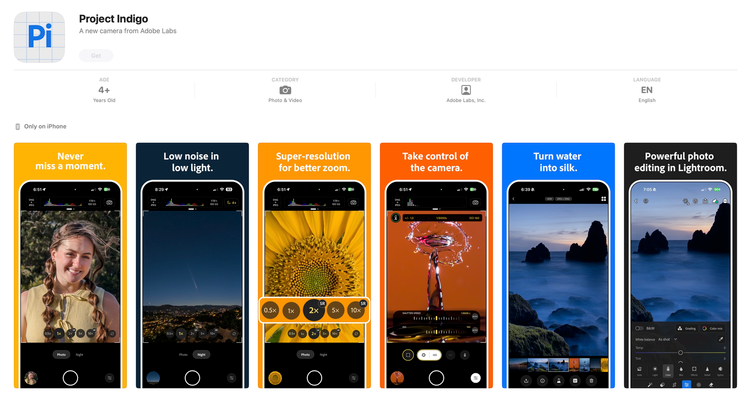
Adobe's Project Indigo app for iPhone brings breakthrough photo quality. Photo: App Store
“Instead of taking a single photo, Indigo takes a series of photos and combines them together to create a high-quality photo with lower noise and higher dynamic range,” according to the app’s description.
Indigo tries to create a natural, “SLR-like” look to photos and also offers a range of manual controls like focus, shutter speed, ISO and white balance.
First, it takes more powerful low-light shots, combining more frames when creating each photo, up to 32 frames. Shooting with the Indigo may require a little more patience after pressing the shutter button than usual, but after a few seconds, you'll be rewarded with a better photo.
A side benefit of these two strategies is that we need less spatial denoising which means we retain more natural texture.
Furthermore, many users prefer to shoot in raw and they want these raw images to benefit from computational photography. Indigo can output JPEG or RAW files that benefit equally from the computational photography strategy.

Marc Levoy, the former engineer who made the camera on Google Pixel excellent. Photo: Droid Life
Project Indigo was created in collaboration with Adobe Senior Scientist Marc Levoy Florian Kainz, who has been working together since 2020 to build a "universal camera app."
Levoy and Kainz say Project Indigo will also be a testing ground for technologies that could be added to other flagship products, like a mirrored delete button. And of course the team plans to build similar things into the Android version, portrait mode, and even video recording.
“This is the beginning of Adobe’s journey toward an integrated mobile camera and editing experience that leverages the latest advances in computational photography and AI,” the two scientists wrote in a press release. “We hope that Indigo will appeal to the casual mobile photographer who wants a natural SLR look for their photos, even when viewed on a large screen.”
Professional photographers who want manual control and the highest possible image quality, and anyone – casual or serious – who likes to play with new shooting experiences will love Project Indigo.
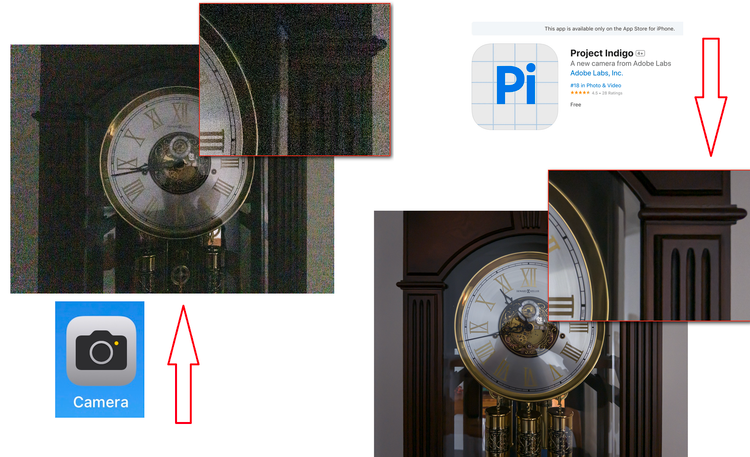
Indigo was designed from the ground up to work well with Adobe’s photography ecosystem. Specifically, if you review a photo in Indigo, there’s a button at the bottom that launches the Lightroom app, bringing up your photo for immediate editing. And if you’re shooting JPEG + DNG, it brings up the DNG for editing instead of the JPEG.
Whether you're editing a JPEG or DNG, you can use Lightroom's Adjustments panel to switch between the SDR and HDR looks the app puts in the file.'
If you're editing DNG, the SDR and HDR interfaces are embedded as a profile, similar to Adobe's Adaptive Color profile, but you can change to a different profile if you want.
If you're editing a JPEG, our interface is built into the pixels. In either case, you can make additional adjustments using the familiar controls of Lightroom.
Once Project Indigo is installed on your phone, the Lightroom mobile app will give you the option to launch Indigo instead of the Lightroom camera to take photos.
Install the app now and experience it on your iPhone.
Source: https://khoahocdoisong.vn/adobe-ra-app-giup-iphone-chup-anh-nhu-tren-may-ong-kinh-roi-post1549249.html











![[e-Magazine] Reporters must know how to create multi-platform products](https://vphoto.vietnam.vn/thumb/402x226/vietnam/resource/IMAGE/2025/6/21/7e3f0e4d62434cffb490109bf838e069)
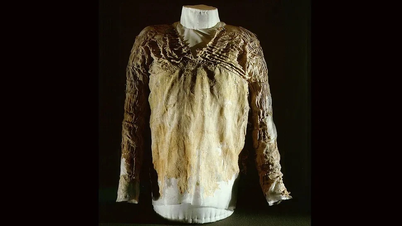
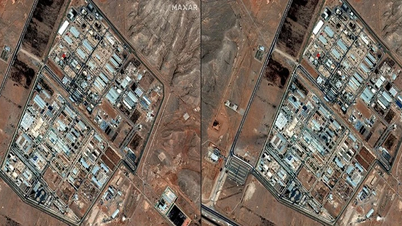







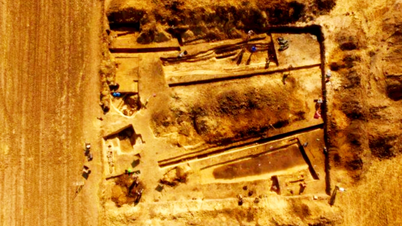

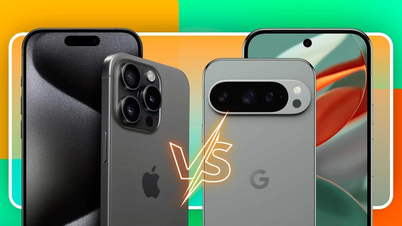

![[Photo] Central Propaganda and Mass Mobilization Department meets with exemplary journalists](https://vphoto.vietnam.vn/thumb/1200x675/vietnam/resource/IMAGE/2025/6/21/9509840458074c03a5831541450d39f8)














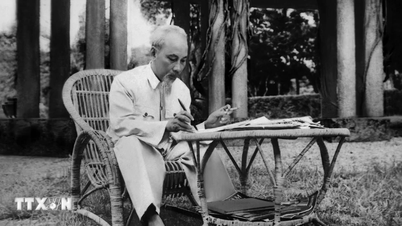










![[Maritime News] Wan Hai Lines invests $150 million to buy 48,000 containers](https://vphoto.vietnam.vn/thumb/402x226/vietnam/resource/IMAGE/2025/6/20/c945a62aff624b4bb5c25e67e9bcc1cb)



















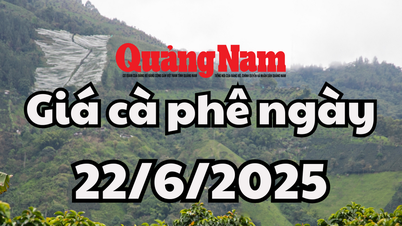

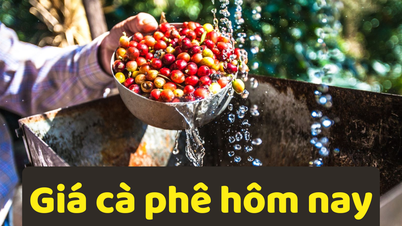















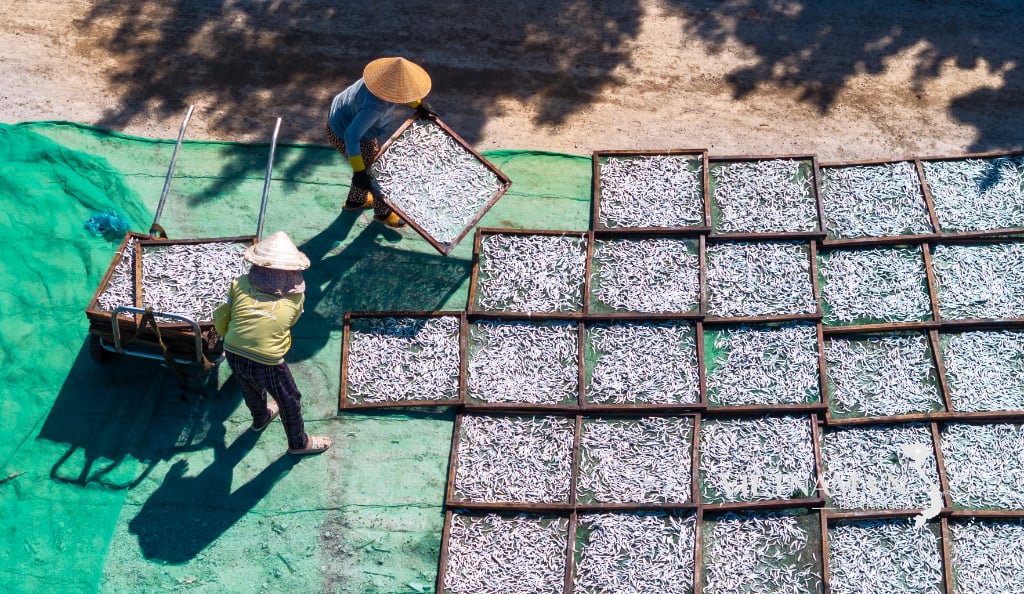

Comment (0)